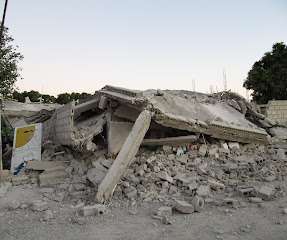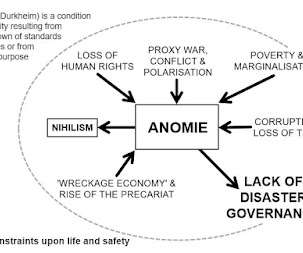Towards a Taxonomy of Disasters
Emergency Planning
JUNE 9, 2019
While not independent of the magnitude of physical forces involved, it is not linearly related to them because it depends on the nature and size of the vulnerabilities that the physical forces act upon. The next question is where to draw the boundaries in the study of disasters and practice of disaster risk reduction.











Let's personalize your content